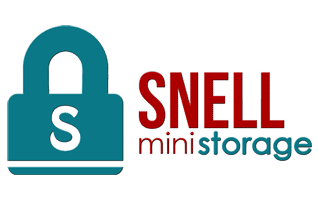Feeling overwhelmed by clutter or struggling to find storage solutions that work? With the right approach, anyone can declutter like a pro and transform their space from chaotic to organized.
From maximizing closet space to efficiently storing seasonal items, this guide will walk you through practical steps to make your storage more functional and accessible.
Let’s dive into these 13 essential steps to take control of your space!
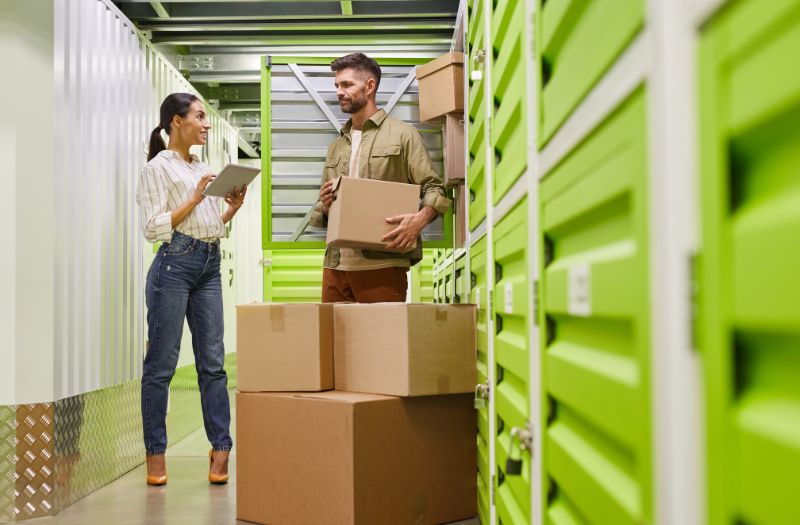
1. Define Your Storage Goals
To get started, set clear, specific goals for your storage space. Ask yourself what purpose this storage area should serve. Are you looking to maximize storage capacity, keep items easily accessible, or create a space where everything has a designated place? Knowing your objectives will help you make decisions and stay focused.
Pro Tip:
If you’re using an offsite storage unit, consider how long you’ll need it and what it should hold. Organize with a plan for both short-term and long-term needs so you don’t accidentally fill the space with items you may not need.
2. Use the “Keep, Donate, Discard” System
An organized space begins with effective sorting. The “Keep, Donate, Discard” method is a proven strategy for efficient decluttering. With each item, ask yourself if you truly need it. If you don’t, decide if it should be donated or discarded.
Pro Tip:
Use this system one category at a time, such as with clothing or books, to avoid feeling overwhelmed. This method works across all areas, from closets to storage bins, and helps you focus on what’s essential.
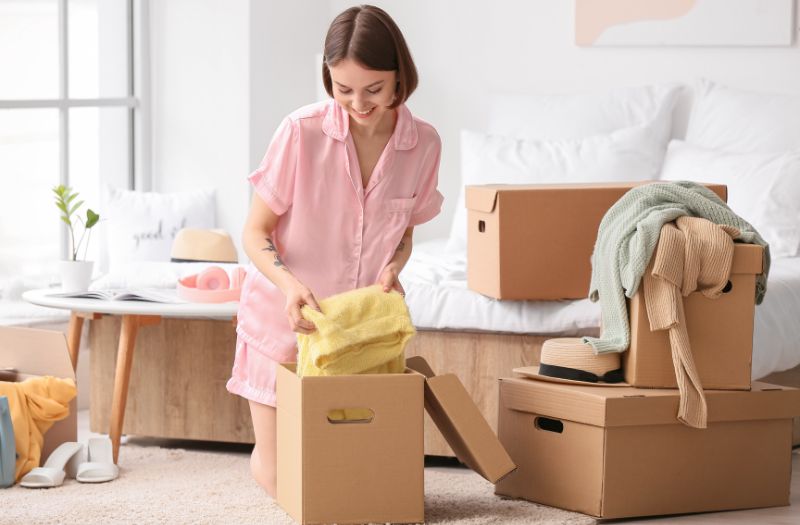
3. Declutter by Category, Not by Room
Instead of decluttering room by room, try organizing by item category, like clothes, books, or holiday decorations. This approach prevents relocating clutter from one area to another without truly reducing it, ensuring a more effective decluttering process.
Pro Tip:
Schedule each category on different days to stay organized and avoid burnout. Dedicate an afternoon to clothes, then tackle tools or kitchen items on another day. This way, each category receives dedicated attention, and you avoid spreading clutter.
4. Invest in Quality Storage Containers
Durable, stackable storage containers are key to keeping items organized and easy to find. Transparent bins make it simple to see what’s inside, while labels can add an extra level of detail. Consistent, uniform containers give storage spaces a cohesive look.
Pro Tip:
For long-term storage, consider airtight containers that protect items from dust and moisture. Sturdy, stackable bins also make it easier to maximize vertical space.
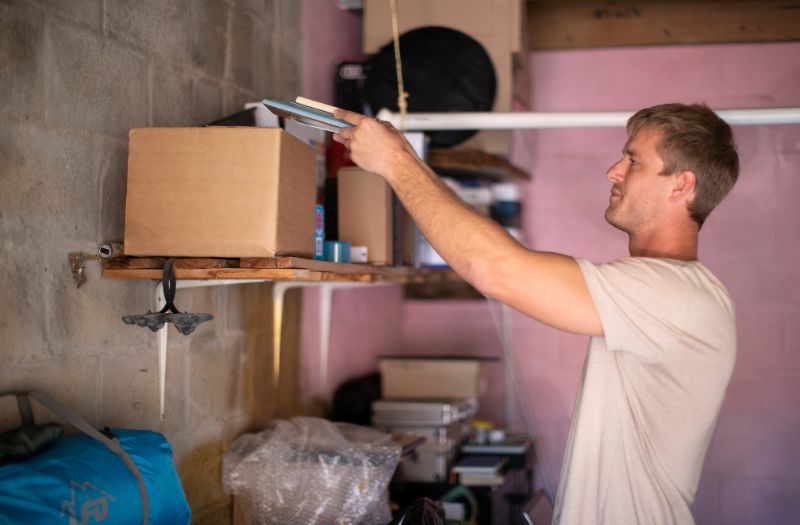
5. Organize by Frequency of Use
Arrange items according to how often you need them. Frequently used items should be stored in easy-to-reach places, while seasonal or rarely used items can be tucked away on higher shelves or in the back of the storage unit.
Pro Tip:
In a garage, keep everyday tools and sports equipment accessible on lower shelves. Off-season gear, such as holiday decorations, can go on higher shelves or in storage bins at the back.
6. Label Everything
Clear labels are essential to an organized space. They eliminate guesswork and help you (and anyone else) quickly find items and return them to their proper place.
Pro Tip:
Color-coded labels for different categories add another layer of organization. For example, green for gardening tools, blue for winter gear, and yellow for cleaning supplies.
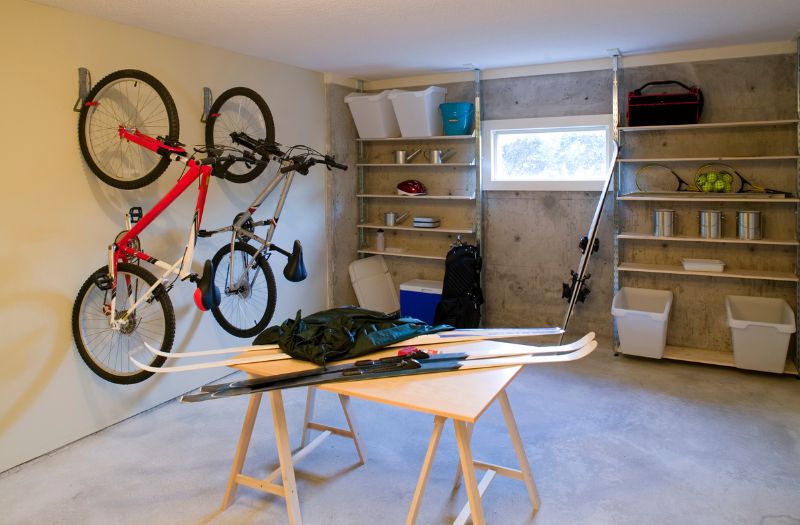
7. Maximize Vertical Space
Don’t forget about vertical storage! Use shelving units, hooks, and ceiling racks to take advantage of all available space. Professional organizers use vertical storage to keep items accessible while avoiding floor clutter.
Pro Tip:
Ceiling-mounted racks are perfect for bulky items, like bikes or camping equipment. Wall-mounted hooks work well for hanging lighter items, such as bags and tools.
8. Use Drawer Dividers and Smaller Containers
Drawer dividers and smaller containers within larger storage bins are helpful for organizing smaller items. They make it easy to separate and protect delicate or frequently used items.
Pro Tip:
In a desk drawer, dividers can keep pens, paper clips, and sticky notes organized. Or use smaller containers within larger bins to hold fragile items in your storage area.
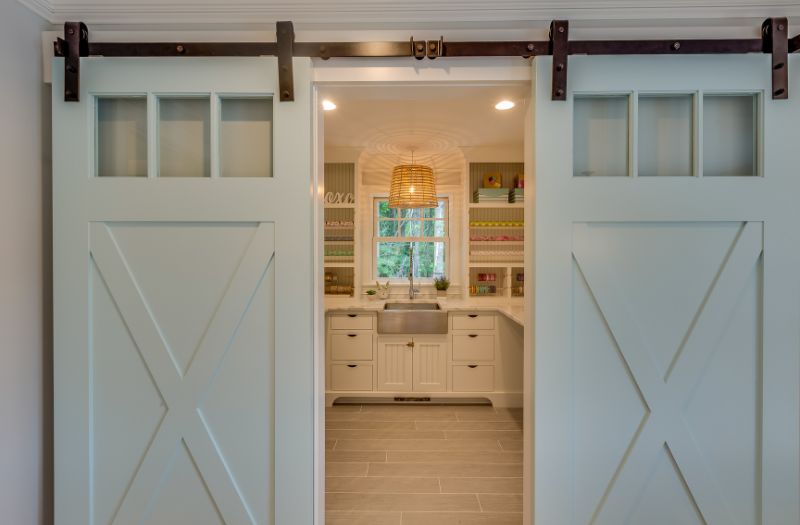
9. Group Similar Items Together
Keeping similar items grouped together simplifies finding what you need and helps prevent accidental duplicates.
Pro Tip:
Organize cleaning supplies in one bin, holiday decorations in another, and tools in yet another. Grouping items reduces clutter and ensures everything has a place.
10. Opt for Clear, Stackable Bins
Clear, stackable bins are ideal for long-term storage. Transparent bins allow for easy visibility, while stacking bins maximizes space and keeps storage areas looking uniform.
Pro Tip:
For items you’d rather keep hidden, use opaque bins with labels. This allows you to store personal items like documents or keepsakes without displaying them openly.
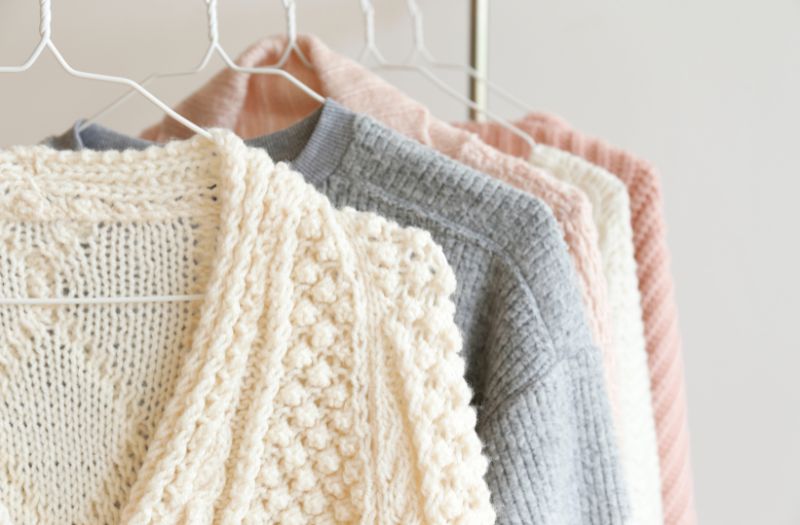
11. Rotate Seasonal Items Regularly
Keep your storage organized and up-to-date by rotating seasonal items. As the seasons change, place out-of-season items in the back and bring seasonal ones forward.
Pro Tip:
Store winter coats and holiday decorations in the back during the summer. As the season changes, switch out these items with summer gear. This keeps your main storage area accessible and relevant year-round.
12. Protect Items with Proper Packing Materials
Use the right packing materials to protect your items. Fragile or valuable items benefit from bubble wrap or foam, while clothing and soft goods can be stored in vacuum-sealed bags to save space and keep out dust.
Pro Tip:
When using an offsite storage unit, pad delicate items within larger bins. This added protection is crucial if bins are stacked or might shift over time.
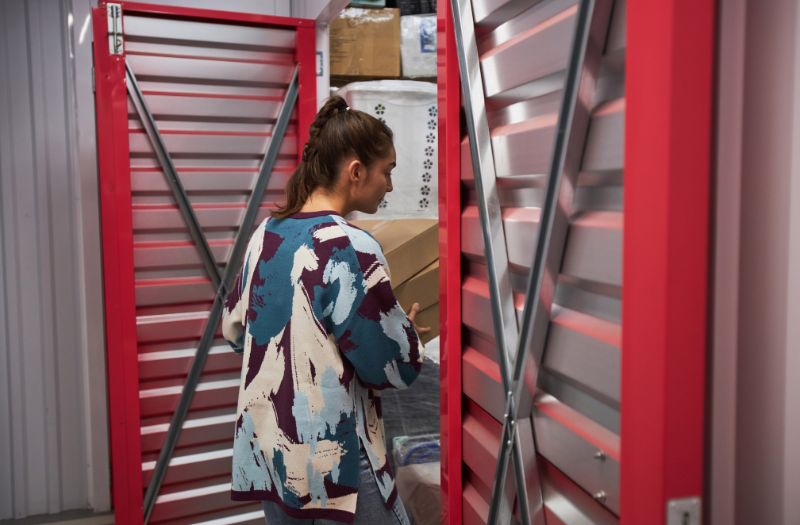
13. Schedule Regular Decluttering
Keep your space functional by setting aside time for regular decluttering. A quick check-in every few months helps you reassess what you’re storing and discard items that no longer serve a purpose.
Pro Tip:
Make decluttering a seasonal habit by setting a weekend each quarter to tackle one area, such as clothes or holiday decorations. This keeps clutter from building up and maintains an organized, accessible storage space.
14. Rent a Self-Storage Unit for Extra Space
When your home or office storage is maxed out, a self-storage unit can be the perfect solution for overflow. Self-storage gives you the flexibility to store seasonal items, archive files, or simply free up space at home.
Pro Tip:
If you’re moving, renovating, or decluttering, renting a storage unit allows you to keep your items safe without cluttering up your living space. Whether you need it for a few weeks or several months, a self-storage unit offers a temporary solution to keep your home organized.

15. Regularly Evaluate Your Self-Storage Needs
If you’re using a self-storage unit, don’t let it become a catch-all for items you may never need again. Regularly assess your storage space and remove unnecessary items. Evaluate what you’re storing and whether it still aligns with your current needs.
Pro Tip:
Check your self-storage unit once a year to ensure that everything is organized and that no unnecessary items have accumulated. This helps you maintain a clutter-free living environment at home and in storage.
Conclusion
With these 15 steps, you’re well on your way to decluttering like a pro and organizing your storage space effectively.
From setting clear goals to renting a self-storage unit, the key to successful decluttering is making thoughtful decisions about what to keep and how to store it.
Following these tips will ensure that your home remains organized, functional, and stress-free!

If you’re looking for a storage facility to store your belongings, Snell Mini Storage has got you covered. At Snell Mini Storage, we offer a wide range of unit selections. To learn more about our self-storage facility, please check out our website at https://snellministorage.com/.
